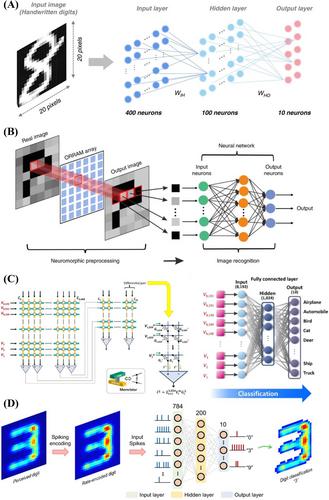In the natural world, the human brain is the most powerful information processor, using a highly parallel, efficient, fault-tolerant, and reconfigurable neural network. Taking inspiration from this impressive architecture, optoelectronic synaptic devices have gained considerable attention for their ability to process and retain data simultaneously, making them essential components in the upcoming era of neuromorphic computing systems. In recent years, significant progress has been made in the development of optoelectronic neuromorphic synaptic devices using two-dimensional (2D) material heterostructures. This review focuses on the use of 2D materials in creating optoelectronic synaptic devices. It discusses the recent progress made in utilizing 2D material heterostructures in these devices and examines their potential in different areas such as image recognition, neuromorphic wearable electronics, logical operations, and neuromorphic computing systems. Heterostructures made with 2D materials provide a wide range of possibilities as their electronic band structures can be easily tailored to achieve effective optical and electrical modulation. Optoelectronic synaptic devices based on 2D materials simultaneously exhibit two functionalities: detection and memory. Furthermore, these materials have strong interatomic bonding within layers and possess a thickness of only one atomic layer, giving them exceptional flexibility, optical transparency, and mechanical strength. By utilizing 2D materials for solution processing and their ultra-thin profile, the manufacturing of three-terminal synapses becomes cost-effective, simplifying integration processes.


